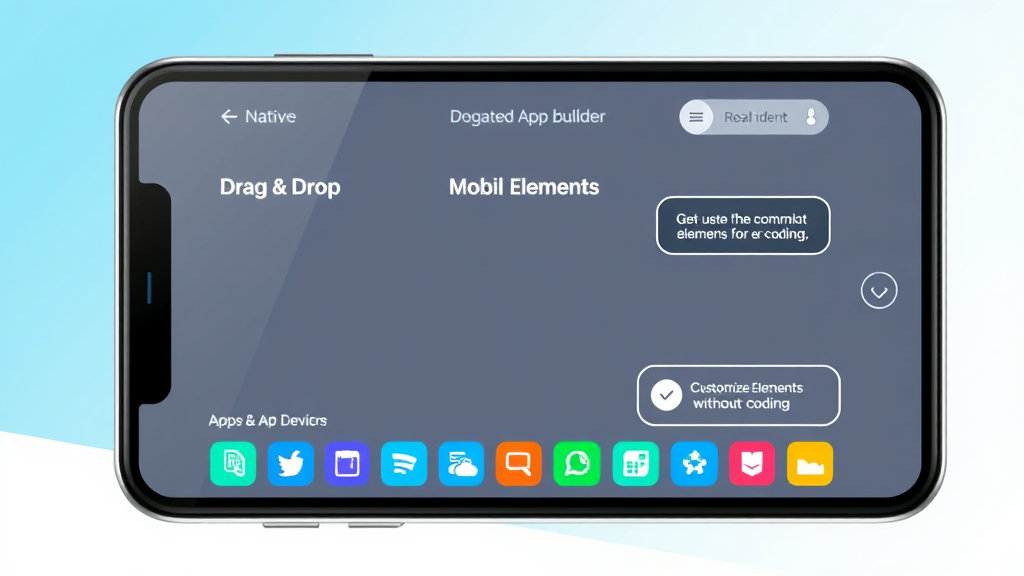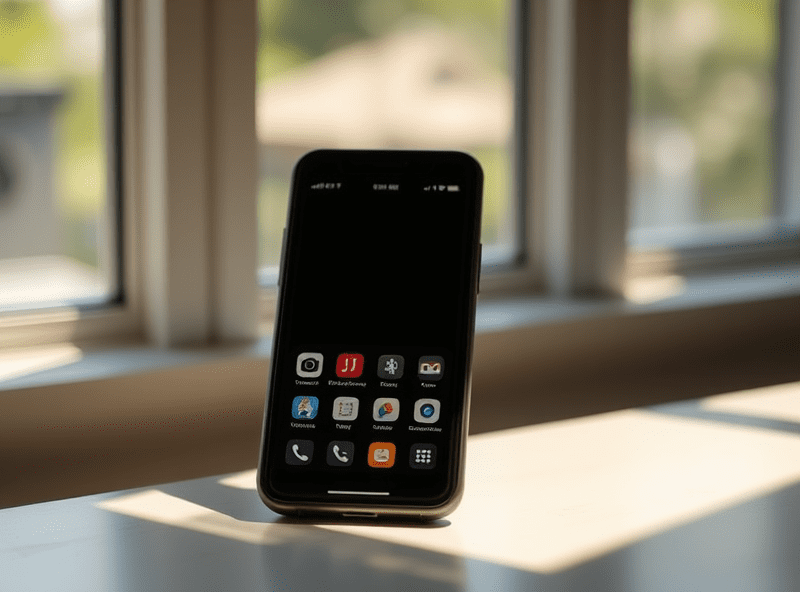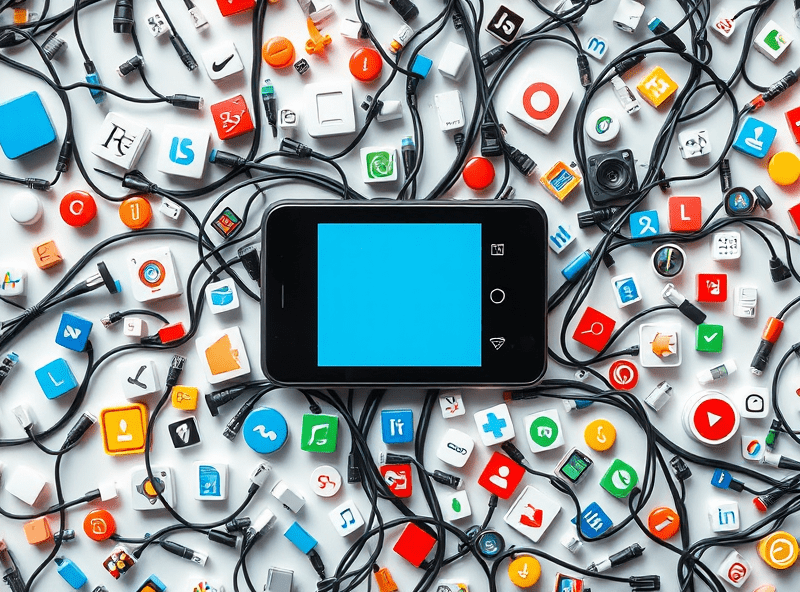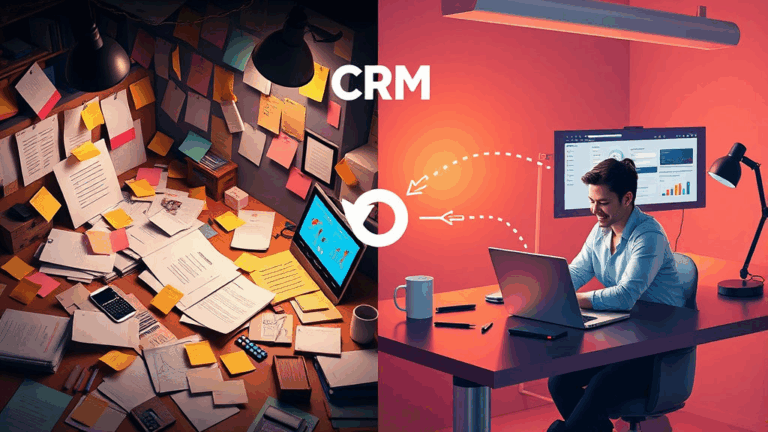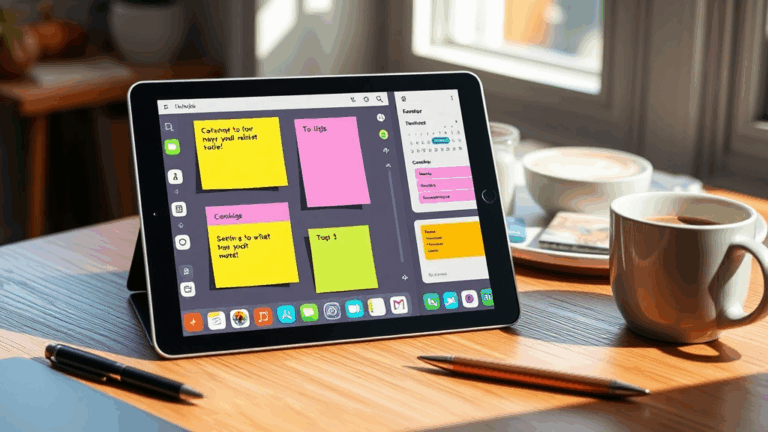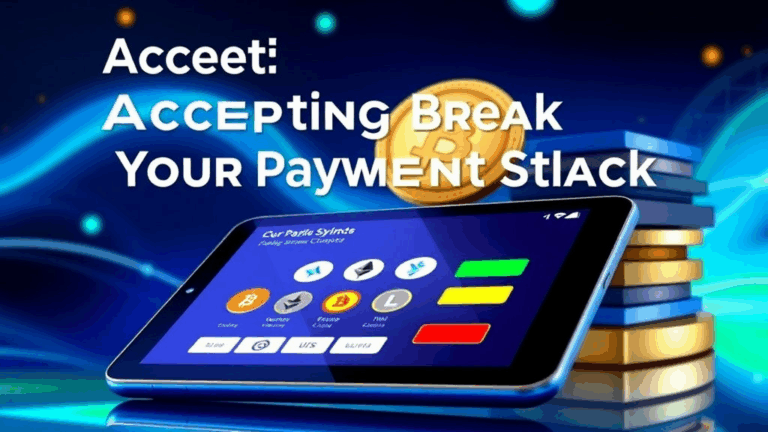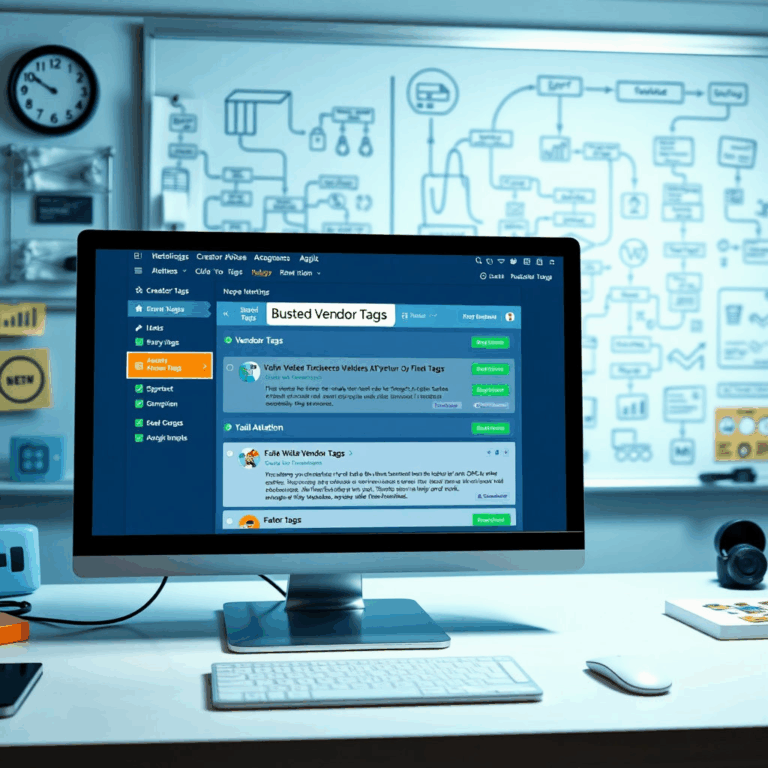Fixing No-Code Mobile App Builders Without Breaking Native Features
Native Animations and Button Delays Don’t Mix in Bubble
Bounced off this one headfirst when a client swore their CTA button was broken on iOS. Looked fine in preview. But in the live build — zero haptic feedback, and touch delay. Turns out Bubble adds a 300ms delay on tap events unless you override it with custom JavaScript. Native wrappers just expose it more brutally.
If you’re using Bubble for a PWA or trying to wrap it with something like Adalo’s native shell, this delay becomes obvious. JavaScript animations get janky, and fast taps often get dropped. The fix is stupid: add touch-action: manipulation via CSS, or manually intercept ontouchstart. But Bubble won’t let you inject head-level code easily unless you pay for the full plan… which adds a whole new layer of duct tape.
“The animation started but the button never triggered the workflow” — a direct quote from a test install I did on a Moto G8. Didn’t happen on desktop or tablet mode. Only native shell, only Android.
Also, a fun one: sometimes the issue isn’t the button at all — it’s a grouped element that’s listening to a hidden layer from a previous state. That invisible group wins the z-index war silently.
Camera Permissions Are Faked in Many No-Code Wrappers
You think your app has camera access? If you’re using something like Glide or Thunkable, you might just be getting a glorified file picker disguised as “Take a Photo.”
I found this out the hard way when trying to build a document scanner using the device’s camera API. Glide’s photo input doesn’t access the raw camera — it just invokes the OS picker. Meaning no live scanning, no multiple captures, and forget about things like video analysis or overlay instructions. The native camera promise is a lie in most cases.
With Adalo, you often get prompted for permissions that don’t technically get used — it’s cosmetic. The camera icon is there, the flow seems native, but no proper media stream is active. If your users deny that needless permission request, you miss out on everything else too (like file access).
Undocumented Android Quirk
On lower-end Androids (Alcatel, some Panasonics?), the Glide-based app crashes during cold boots because Android flags the photo uploader as a heavy resource task. But there’s no feedback in Glide debugger — only from logcat during native wrap testing. Not documented, not flagged, not recoverable within no-code UI.
Offline Support Is Mostly Fake Unless You Architect Around It
Don’t trust any builder that says “offline mode included” in a bullet point unless they show you the caching rules. Ninety percent of the time, it means “we turned on ServiceWorker and maybe cache one screen.” Screens still fetch live data by default.
I learned this with Draftbit while testing outside a subway station. The UI would load; content wouldn’t. There’s zero cache layering unless you glue everything through custom Redux-style stores (which you can’t even edit properly inside their visual builder).
- Don’t mix dynamic lists and offline navigation. The list might load stale stubs, but tapping leads nowhere.
- Cloud variables don’t survive reload unless session is tied to device ID manually — and that breaks previews.
- In Builder.ai, the offline state silently falls back to a blank screen if your last session expired.
- Thunkable allows local fetch via async storage, but the sync writes are throttled by rate limits you won’t see documented anywhere.
Honestly, you almost always need to build a fake loading layer and catch all fetch failures yourself. Try anything else and users get stuck mid-scroll staring at a blank component tree.
Navigation Is a Lot More Broken Than It Looks in Preview
Preview modes in many builders — especially when running in your desktop browser — cheat. They don’t simulate full gesture-based, header-aware transitions like real phones. Back button logic, modal vs non-modal context, and tab resets all feel fine until install day.
On native shell (via wrappers like Expo Go or Kodular), the preview result is wildly misleading. For example, a cross-screen reset that looks snappy in Glide ends up stuck in a dead state on iOS if the swipe gesture was used to go ‘back’ manually. No transition fired, but the old screen logic runs again. It’s like navigating through a broken mirror.
The one that bit me hardest: in Adalo, if you trigger screen navigation inside a conditional chained action, and the first condition fails during a device sleep-wake cycle, the subsequent screen lands without the database context. Everything goes null — literally empty fields on render, no error. Just dumb.
Push Notifications Are Mostly Webhooks in Disguise
I wasted half a weekend debugging why my test users on iOS weren’t getting push prompts from a Glide app. Turned out: Glide doesn’t support native device registries for push tokens. Their “push” feature is just sending a ping to the web app with a webhook-based message, not an actual iOS or Android push.
If you want real push notifications (interactive, backgrounded, deep-linked), you’ll need to:
- Use a backend service like OneSignal tied directly to the native wrapper
- Force token registration on the user’s first app open, not post-login
- Inject custom plugin logic, which many builders like Adalo only grant with enterprise plans
Also — bonus pain — OneSignal breaks if you trigger per-user messages in test environments from Preview wrappers. Token mismatch. You won’t get alerts about it; it just silently fails with a timestamp in the log, like:
{ "status": "delivered", "device": null, "received": false }File Upload Components Are Almost Always Broken on Android
On their roadmap, it says “upload files natively.” In practice? Most no-code builders break file inputs the moment you add a wrapper.
Bubble’s file input doesn’t handle mime-type headers properly in embedded native shells unless the underlying WebView is forced to accept all content types. You can’t do that without ejecting from their wrapper entirely. The result: image uploads work, PDFs don’t, .csv hangs forever.
With Adalo, uploading .docs or Excel files triggers permanent error popups — not catchable via the UI. They rely on mobile browser norms, but users are inside native builds with custom WebViews that lack download managers or directory permissions. Result: blank toast on failure.
Real-Life Kicker
I had a user email me asking “why does the upload button open the gallery but not show progress after choosing a file?” What they didn’t know — and I didn’t either — is that on Oxford tablets with Android Go, system storage access for embedded web apps defaults to read-only. No writeback possible. The upload call was firing but never completing, and no error appeared in Bubble’s log.
External Integrations Require Dark Magic Sometimes
The Zapier and Webflow-style integrations these platforms advertise? Usable until you throw any auth into the mix. Connecting to secure APIs with refresh tokens or scopes… yeah, not gonna happen in pure no-code builders unless they’ve set up a clean OAuth flow proxy.
I ended up building a stupid workaround middleware in Vercel to pass tokens from a no-code Airtable-to-Knack sync setup. Why? Because the builder didn’t support passing headers on dynamic fetches. Whole API blocked until I did a 200-line node proxy that just added an Authorization header.
Airtable’s API returns 429s way earlier than you’d expect too. Their docs say it’s 5 requests per second. In practice, if you’re using multiple tabs via Adalo or Glide’s logic flow, you might get rate-limited after just two quick paginated calls per user. And the error message comes back plain string in some cases — not even JSON. Integration wizard eats it without logging.
Found a weird behavior where Webflow webhook posts actually got truncated if you used their legacy Zap connector… but only if you included embedded arrays. No docs mention this.
